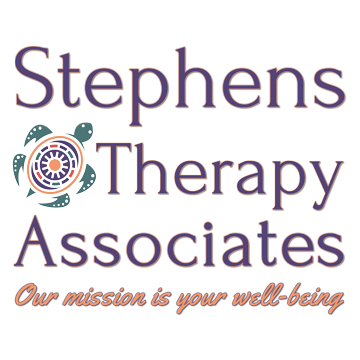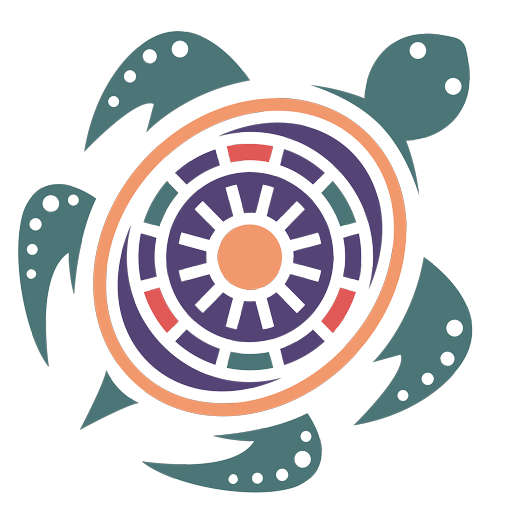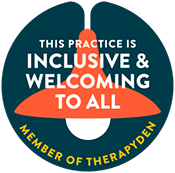The Neurochemical Bond: Why We Stay Attached to Toxic People

By Brenda Stephens, LPCC
One of the most painful and confusing experiences for survivors of narcissistic abuse is the inability to “just leave” or “move on,” even when the relationship is clearly harmful. This frustration is often internalized, leading to shame, self-blame, and the belief that we’re weak for staying or returning to someone who mistreats us.
But this is not a matter of willpower or weakness—it’s a matter of biology.
Toxic and narcissistic relationships often create a deeply addictive biochemical cycle that mimics substance addiction. This is why survivors can find themselves feeling intensely bonded to someone who also causes them pain. Let’s break down the hormonal cocktail involved:
Oxytocin: The Bonding Hormone
Oxytocin is commonly referred to as the “love hormone.” It’s released through physical touch—hugging, cuddling, sex, massage—and emotional closeness. Its role is to create a sense of trust, bonding, and connection.
In healthy relationships, oxytocin strengthens attachment and feelings of safety. But in abusive or emotionally unpredictable relationships, oxytocin can make us feel bonded to someone even when they are not safe. This is especially true in cycles of intermittent reinforcement—when affection and closeness are given inconsistently, the brain holds onto those positive moments and bonds even more tightly in an attempt to feel secure.
Dopamine: The Pleasure and Reward Chemical
Dopamine is the neurotransmitter responsible for reward and pleasure. It spikes when we receive attention, compliments, affection, or promises of love. It also spikes in anticipation of these things. This means even the possibility of a loving text, an apology, or a “good day” can keep us hooked.
Narcissists are known for their ability to create intense highs—love bombing, grand gestures, passionate intimacy—which flood the brain with dopamine. But when these rewards are inconsistently delivered, we enter a cycle of craving and withdrawal that mimics the push-pull of gambling addiction.
Adrenaline: The Uncertainty Hormone
When we don’t know what to expect from someone—whether they’ll be warm or cold, kind or cruel—our bodies respond with adrenaline. This is the fight-or-flight hormone that prepares us for threat or excitement.
The unpredictability of a narcissistic relationship keeps us on high alert. One moment we’re being idealized, the next we’re being ignored, criticized, or discarded. This unpredictability creates a surge of adrenaline, which in itself can feel addictive. We become hyper-focused on the narcissist’s mood, behavior, and tone, constantly trying to stay one step ahead.
Cortisol: The Stress Hormone
Cortisol is released in response to stress, conflict, fear, and emotional pain. When there’s an argument, silent treatment, or withdrawal of affection, cortisol floods the system.
Here’s the trap: after cortisol spikes, our brains seek relief. That relief often comes in the form of dopamine—a sweet message, a tender moment, or a return to intimacy. And when it does, it feels like a powerful reward. This reinforces the cycle: conflict followed by affection strengthens the bond, not weakens it. This is the same cycle seen in trauma bonding.
The Trauma Bond: A Neurochemical Loop
Over time, this volatile mix of oxytocin, dopamine, adrenaline, and cortisol creates what is known as a trauma bond. This bond is formed not despite the abuse, but because of it. The emotional rollercoaster of being devalued, then momentarily idealized, creates a bond that is both psychologically and biologically reinforced.
This is why survivors often describe feeling a craving for the narcissist. It’s not just emotional—it’s physiological. You may find yourself yearning for the very person who caused harm because your brain has come to associate them with both pain and relief.
Breaking the Cycle: Compassion First
Understanding this biological component is vital for healing. It helps us reframe the narrative from “Why can’t I just leave?” to “What has my body been conditioned to respond to?” That shift creates space for compassion, and compassion is the foundation of healing.
When working with survivors, I emphasize that breaking free from this cycle is not about being stronger—it’s about being informed, supported, and patient with yourself. Recovery involves detoxing from the biochemical bond, learning to regulate your nervous system, and rediscovering your own internal sense of safety and connection.
You are not weak. You are biologically entangled. And there is a path forward. At Stephens Therapy Associates we have created a proven, actionable plan to help you heal. Reach out to us to get started.






